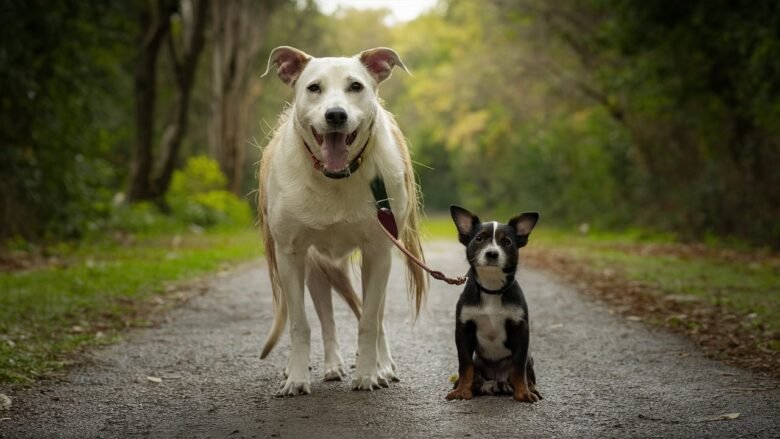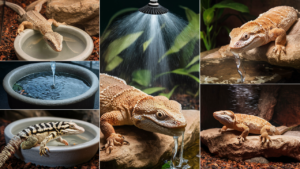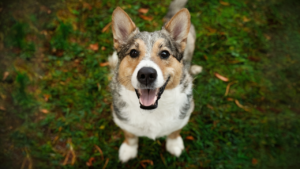Embarking on an adventure with your pet can be incredibly rewarding, yet it poses unique challenges. From selecting the right travel accessories to finding pet-friendly accommodations, this guide covers all you need to ensure a smooth and enjoyable journey for you and your four-legged family member.
Navigating the Skies with Your Pet
Navigating the skies with your pet requires meticulous planning and understanding of airline policies, as transporting animals can significantly differ from one airline to another. Before booking your flight, it’s imperative to research and comply with the specific airline’s requirements regarding pet travel. These can include restrictions on the number of pets allowed in the cabin, the type of pets permitted, and the size and weight limits for pets both in the cabin and as checked baggage.
A critical decision for pet owners is choosing between having their pet in the cabin or as checked baggage. Small pets can often travel in the cabin with you, provided they are kept in an approved carrier under the seat in front of you. However, larger pets may need to travel as checked baggage in the pressurized and temperature-controlled cargo hold. This decision should not be taken lightly, as the experience can be more stressful for pets traveling in the cargo hold due to the unfamiliar noises, temperatures, and the absence of their owners.
Special considerations must be given to brachycephalic breeds, such as Bulldogs and Persian cats, which are prone to respiratory problems. Many airlines have restrictions or bans on transporting these breeds in the cargo hold due to the increased risk of health complications during flights.
The stress of air travel can significantly impact a pet’s well-being. To mitigate risks, acclimate your pet to their travel carrier weeks before your journey, making it a comfortable and familiar space with their favorite blanket or toy. Consider scheduling a vet visit to discuss if your pet is fit for air travel and to update any necessary vaccinations. Health certificates and documentation of vaccinations are often required for air travel and must be obtained within a specific timeframe before your departure.
When preparing for the flight, feed your pet a light meal a few hours beforehand to avoid nausea. During the journey, ensure they have access to water to stay hydrated. For pets in the cabin, airlines may allow you to offer comfort and reassurance, but pets should remain in their carriers throughout the flight.
Understanding the potential stresses and risks involved in air travel for pets allows owners to better prepare and provide the necessary care to ensure their furry companions’ safety and comfort. After reaching your destination, the journey doesn’t end, as finding a pet-friendly hotel becomes the next step. Selecting the right accommodation marks a significant part of the traveling experience, ensuring your pet continues to feel secure and welcome in a new environment.
Conclusions
Traveling with pets requires thoughtful preparation and a keen awareness of their comfort and safety. By choosing the right accessories, preparing for different travel modes, and selecting pet-friendly accommodations, you can create memorable experiences with your furry companion. Remember to prioritize their needs and adhere to safety guidelines, ensuring a joyful journey for both you and your pet.



